By going to other places, we can have discussions about how they present their objects, run their programming, and help audiences connect with their content; which in turn enables us to reflect on our own work and look at it more critically. Here are some of my favourites from recently visited places:
Winnie-the-Pooh: Exploring a Classic, V&A, London
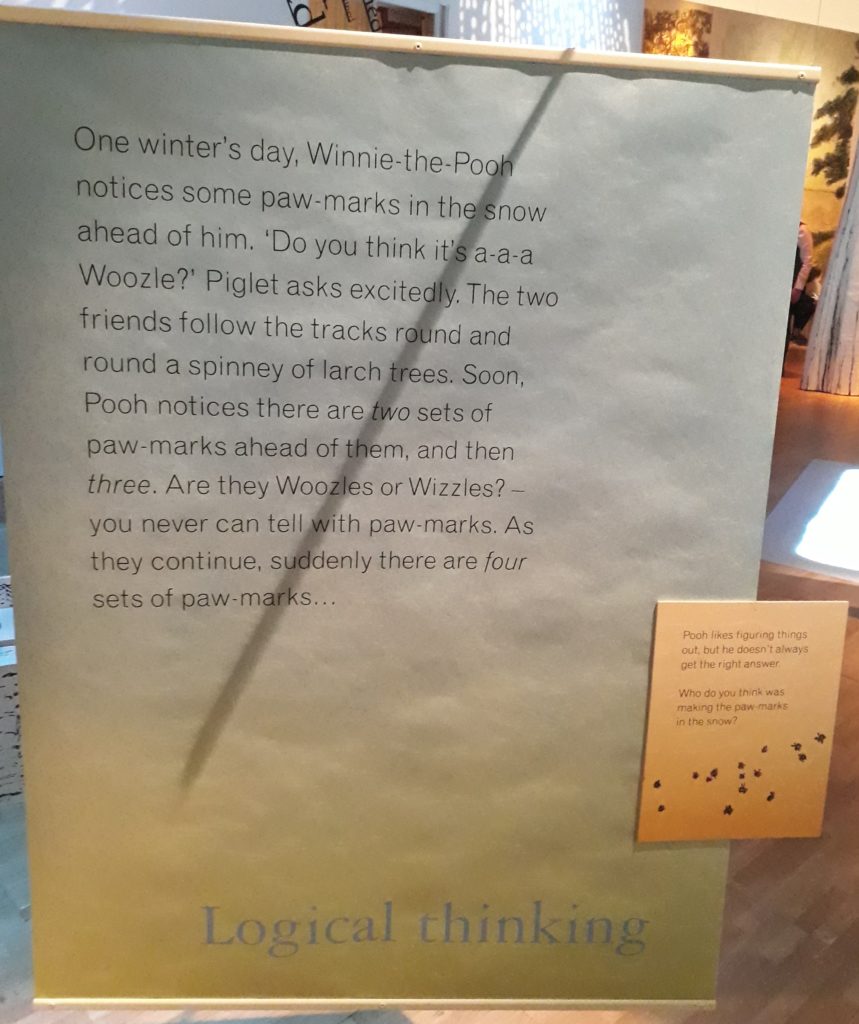
This panel is part of an exhibition at the V&A all about the world of Winnie-the-Pooh. There are several panels like this around the room which highlight lots of different skills, such as thoughtfulness, teamwork and creativity. What is particularly great about this example is how the skills are interwoven with extracts of the text. As skills are one of our reflection points it is great to see them so clearly emphasised in a fun, family friendly way.
Ancient Egypt, World Museum, Liverpool
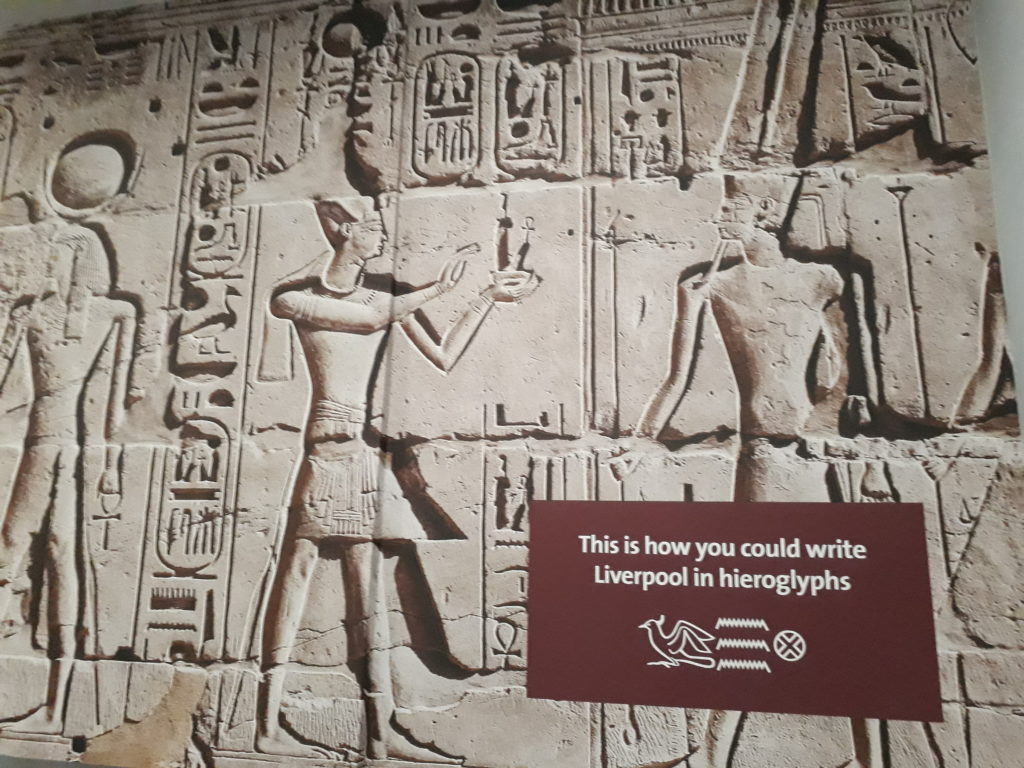
This is a nice of example of relating Egyptian hieroglyphs to the local area of Liverpool where the museum is based. By linking to something that has relevance, it is easier for the audience to make a meaningful connection.
Aquarium, World Museum, Liverpool
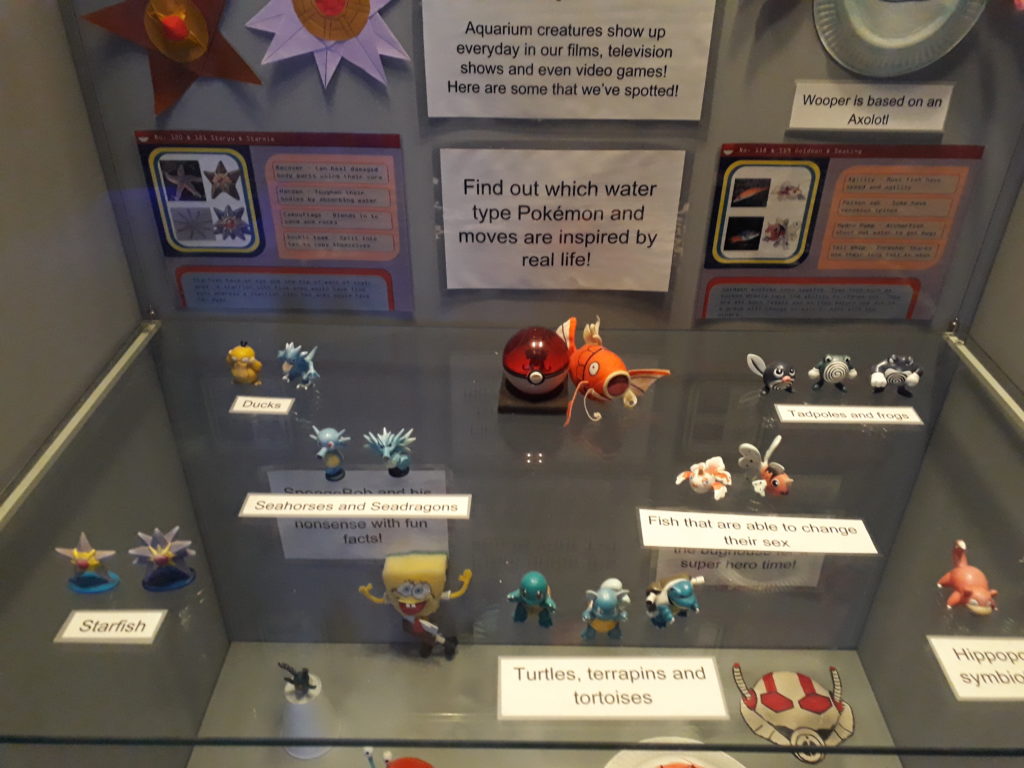
When visiting the World Museum in Liverpool I came across this display in the Aquarium section. It uses the everyday examples of Pokémon and aquatic TV characters to link to marine biology. As with the hieroglyphs, referencing things visitors might know about and are interested in, paves the way for the audience to make a connection with the science content. As everyday examples are one of our reflection points it is great to see them in other museums across the country.
Dippy on Tour, Dorset County Museum, Dorchester

We are working hard to make our content as friendly and accessible as possible, as confidence and ownership is one of our reflection points. As such it was really encouraging to see the welcoming language on this panel from Dippy on Tour which simply states ‘whatever the reason we are glad you are here’.
Riverside Museum, Glasgow
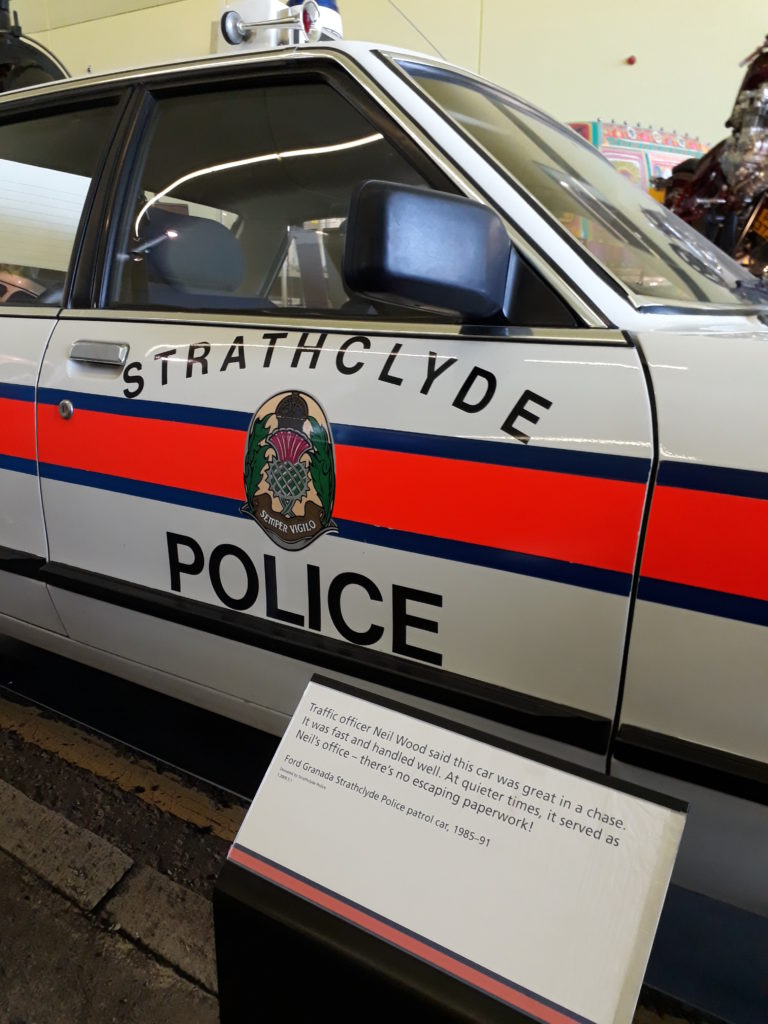
When visiting the Riverside Museum I came across many labels like this one which included personal stories. By specifically naming individuals and writing about them in a relatable way, audiences are more likely to connect with the object and, potentially, the science. As such it is a really great example of the importance of people in museum engagement.
Hunt the Hazard sign, London
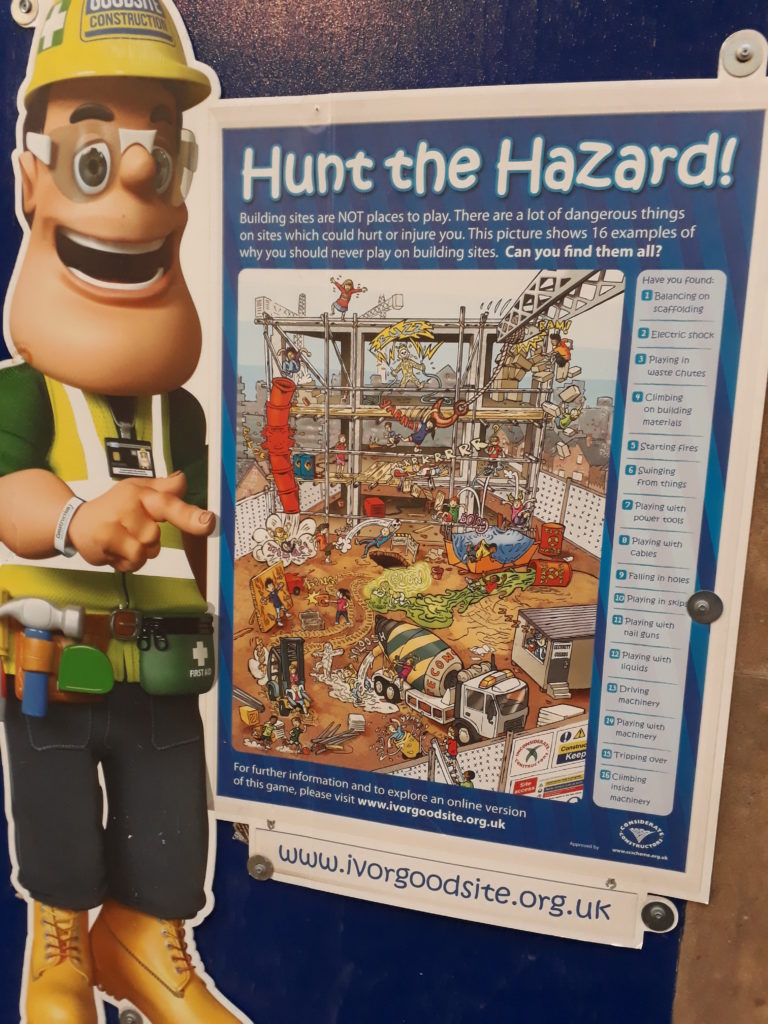
This sign prompted a lot of debate in our team. On the one hand we feel that the cartoon man does little to break down the stereotype of who can do construction and engineering. However, by engaging their audience with an activity the sign is showing people why they shouldn’t play on building sites and not just telling them. It is certainly better than the classic ‘men at work sign’.
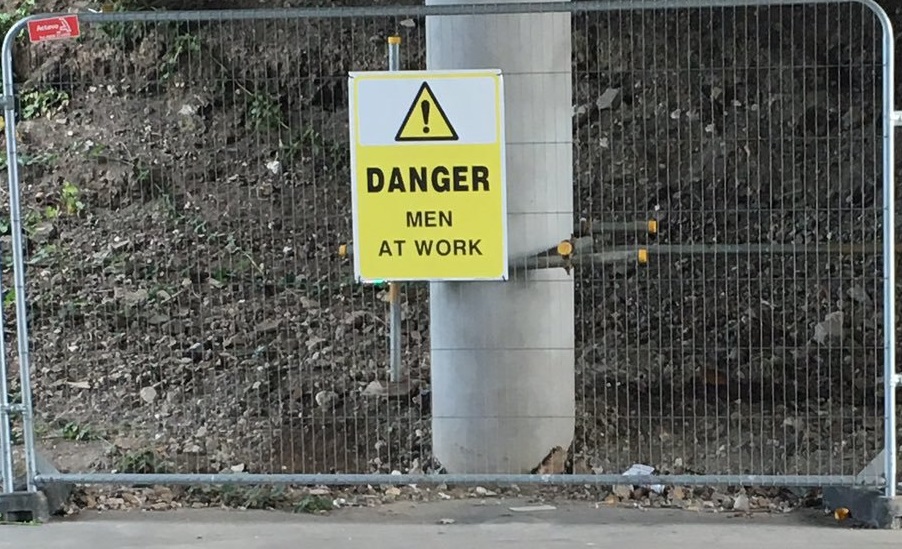
Research visits can give us a fresh perspective on our own work by providing good examples of engaging audiences no matter what the content or venue may be. Have you ever been inspired to do things differently after visiting another museum or gallery?